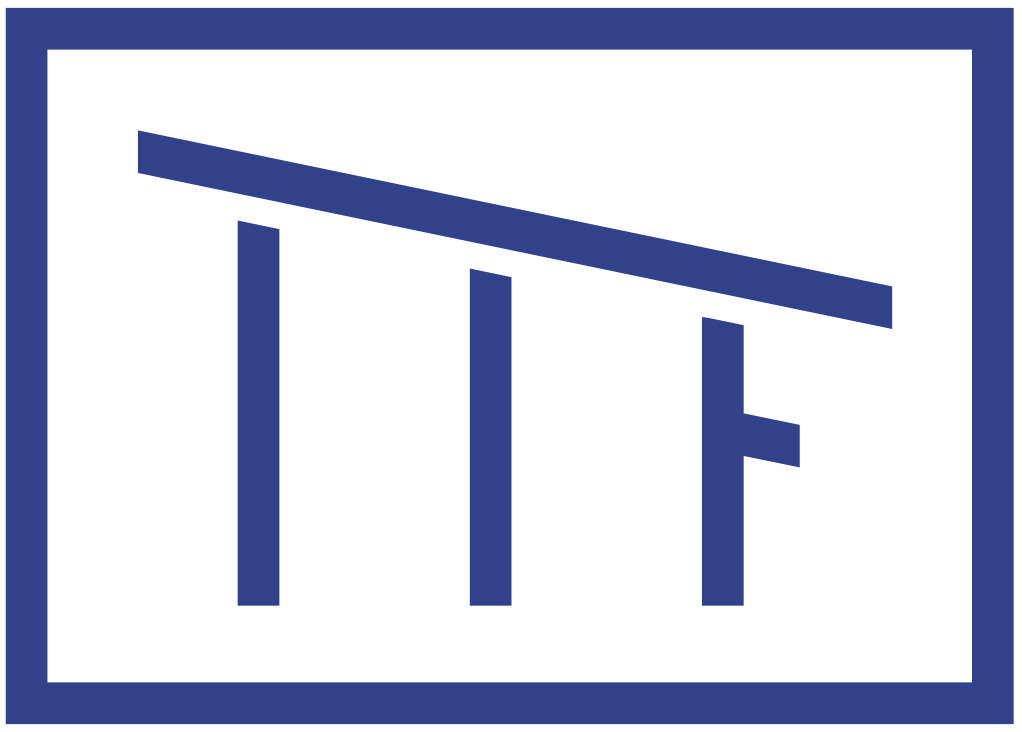Seeking Connection
Nishiki Sugawara-Beda, KuroKuroShiro Kami C, Sumi on wood, 53"×13.75", 2020
By Maggie Pavao
In residence last month, Nishiki Sugawara-Beda described her time at Tusen Takk as an opportunity to both “experience and experiment.” She came into the residency with a desire to fully immerse herself in the beauty of Northern Michigan, from the light that reflects off the Lake to the beach that stretches into the forested dunes, and create work deeply influenced by this landscape.
Japanese calligraphy provides the foundation and inspiration for her practice as she explores non-traditional forms and techniques in the medium. In researching Japanese ink paintings and materials, she forged a deeper bond to her own heritage, instilling in her a desire to use her practice to facilitate connections between cultures. Throughout her work she seeks to engage across language and time, and, particularly relevant in contemporary society, with an oft-forgotten inner spirit.
Traditional Japanese ink paintings were often produced by poets skilled in basic painting techniques. Their simple and bold brush marks captured the spirit of their subject, conveying a wide range of expression and capturing the complex relationship between man and the natural world. 17th-century Japanese Buddhist monk and poet, Matsuo Basho, would travel through the wilderness of Japan on foot seeking ways to connect and simply be in nature by obtaining a “selflessness” as described in Zen Buddhist philosophy. For Basho, his walks provided him with a daily rhythm as he navigated the infinite number of routes in and around the constructed paths. Inspired by Basho’s desires and the boundless possibilities that walks offer, Nishiki interacted with the land around Tusen Takk on foot, one step at a time.
While the work she created in residence takes inspiration from her own personal interactions within nature, it invites the audience into those experiences. The works’ small scale draws viewers in, necessitating a closer, more intimate reading. Nishiki uses observation as a starting point for her work but, unlike traditional Japanese landscape paintings, her abstract forms do not depict specific sites. Free from figural representation, the works are meditative, mystical spaces for the imagination to wander and the inner spirit to engage.
This body of work KuroKuroShiro (black-black-white) was created using Sumi, a traditional East Asian ink made of soot and animal glue. For the artist, the soot particles in the ink “carry the spirit” of the organic material that was burned to create it. While in residence, Nishiki experimented in creating her own Sumi, both by harvesting creosote from the chimney and by burning local red pine wood to produce soot. By painting with this ink, she infused her work with not only her experiences in the natural world but also with a piece of the land itself. And, as with Basho’s routes, we learned from Nishiki’s experimentations that the variables and possibilities for producing and working with Sumi are nearly infinite.
Artist Spotlight: Nishiki Sugawara-Beda is on view at the Dennos Museum Center in Traverse City, MI through August 29, 2021.
Featured Artist




